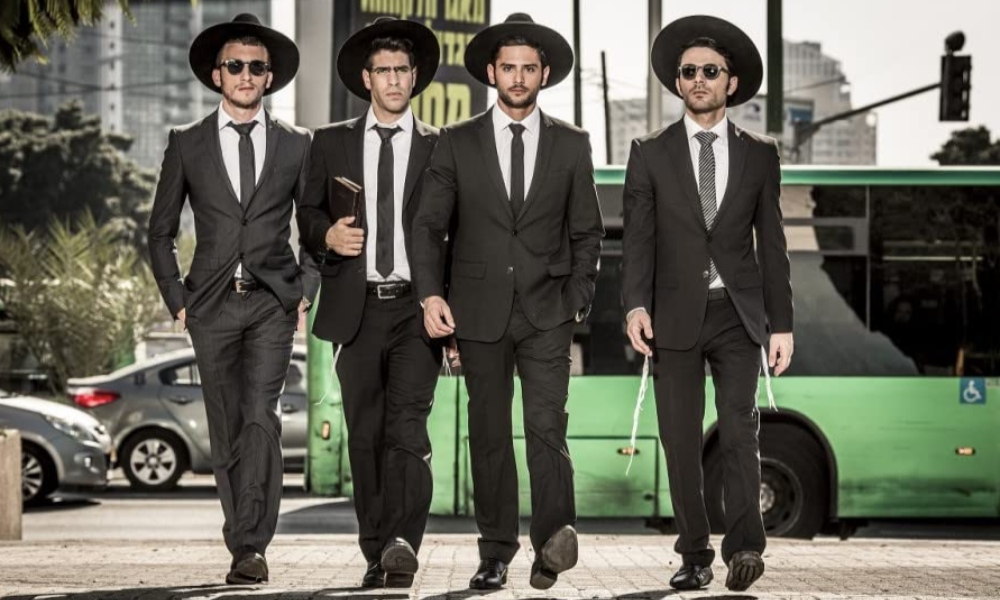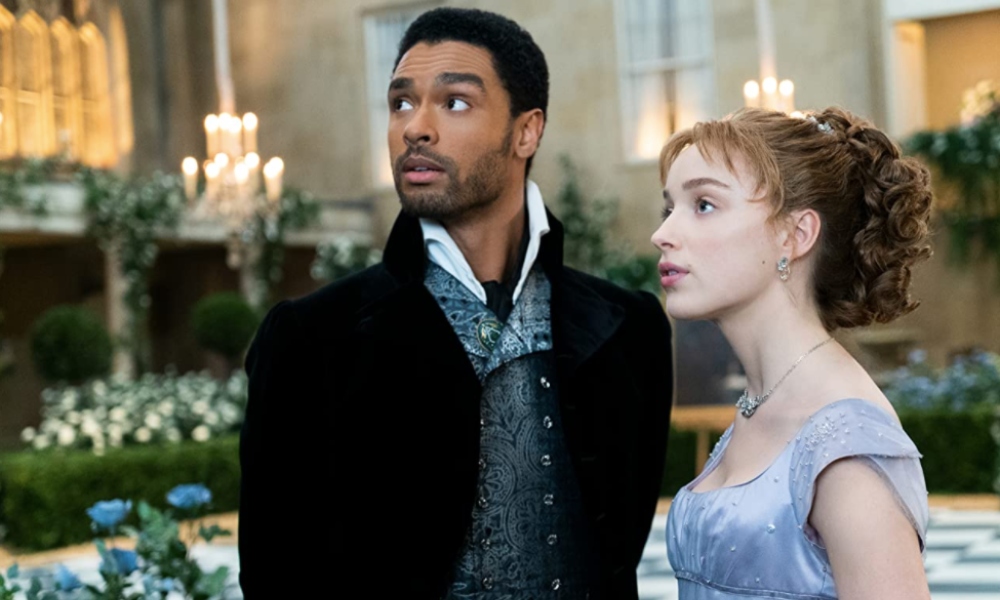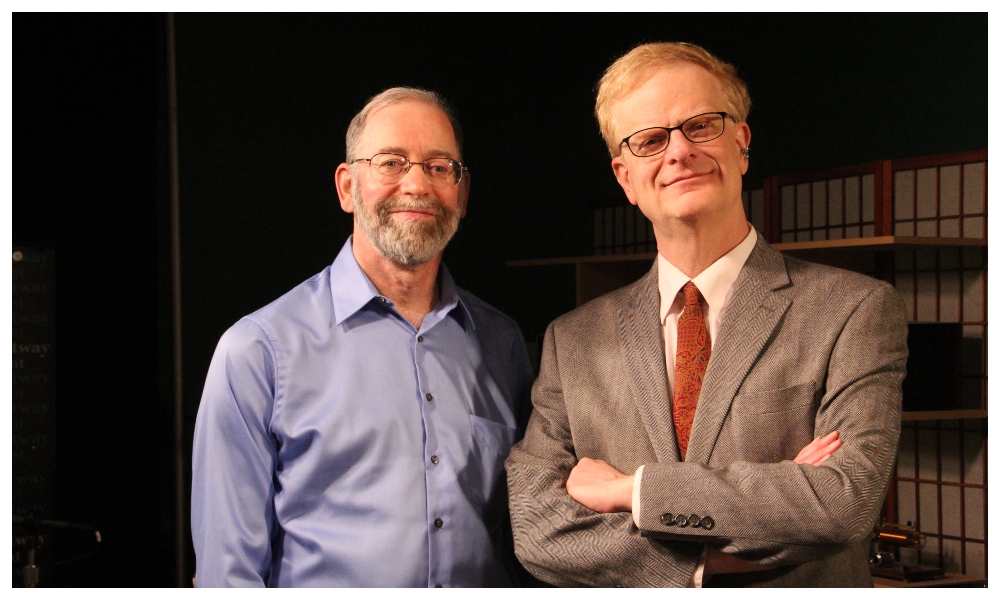Even as pandemic lockdowns are eased in some respects and locales, we’re likely to need home screen and streaming content for at least a while longer, especially those of us in compromised categories.
In recent months I’ve reviewed streaming series with central or prominent supporting Jewish characters in shows such as A Place to Call Home, set in post-WWII Australia, and The Restaurant, set during the same period in Sweden.
In our streaming tour of the far corners of the diaspora, the next stop is WWI-era Ireland.
Four years ago, RTE, the Irish government broadcasting company, together with Netflix, produced a big-budget, two-season series to mark the 59th anniversary of the Easter 1916 Rising. It was produced with great attention to historical detail and with a large cast.
The armed upheaval set in motion the successful drive for an Irish Republic, independent from Britain after 800 years of occupation and oppression.
During the intervening centuries, the English used the island as a laboratory for every nefarious method of establishing and maintaining a divide-and-rule colonial empire: land seizures; population transfers; exploiting ethnic, religious and class division and favoritism; all of which bred undermining jealousy and crippling resentment among native and indigenous inhabitants.
The series’ five-episode first season, entitled Rebellion, covers the ill-fated Rising and the aftermath of the tragic, failed revolt. The event was commemorated by William Butler Yeats’ epic poem “Easter, 1916”:
Now and in time to be,
Wherever green is worn,
Are changed, changed utterly:
A terrible beauty is born.
In the series’ second season, Resistance, the struggle for independence from England reaches its bloody denouement. It is here that a revolutionary lawyer, with the Jewish-sounding name of Maurice Jacobs, appears, playing a pivotal role in the struggle. He moves smoothly and without hesitation from raising money by manipulating the banking system to judging disputes outside the English judicial system and facilitating assassinations for the underground Irish Republican Army.
The silver-haired Jacobs is played with cool aplomb by Fergal McElherron. His fictional character appears to be based on an historical figure named Michael Noyk, the son of Lithuanian immigrants. Noyk was an early and prominent supporter of Irish independence, serving as a defense attorney for IRA members during and after the war against the British, and, like Jacobs, as a supervising judge of republican courts. He was close to both IRA leaders Eamon de Valera and Michael Collins. In 1966, Noyk was buried with full military honors by the Dublin IRA Brigade.
At one time, Noyt’s fame as Ireland’s best known Jew may have rivaled Leopold Boom, James Joyce’s protagonist in his masterpiece novel Ulysses. Bloom is said to be based on Joyce’s Jewish student and friend Aron Ettore Schmitz.
In the streaming series, the Jacobs character serves as a useful introduction to several real, contemporaneous Jewish fighters for Irish freedom who would easily have fit into the panoramic cast of Resistance.
Rabbi Yitzchak Herzog, a Polish immigrant, was nicknamed “The Sinn Féin Rabbi,” for his close ties to the IRA, in particular with de Valera, whom he advised. At de Valera’s suggestion, Herzog became a fluent Gaelic speaker, and in 1919—years before independence—the rebels named him Ireland’s chief rabbi. Herzog later became Israel’s first chief rabbi.
A Jewish volunteer, identified only as “A. Weeks,” was killed on April 14, 1916, the first day of the Uprising, outside Dublin’s General Post Office, one of the centers of the rebellion. The day before his death, Weeks was said to have helped lay the cornerstone of the Adelaide Road synagogue.
An IRA captain and arms smuggler named Robert Briscoe went on to become the Jewish mayor of Dublin in 1956. Briscoe also ran guns to Israel before and during the War of Independence.
Another rebel was Estella Solomons, a 34-year-old resident of the city’s small Jewish quarter, known as “Little Jerusalem,” home to mostly Lithuanian immigrants. She was a member of James Connolly’s socialist Irish Citizen Army, one of two armed elements central to the Easter Rising. Solomons, a university-educated artist and member of the resistance’s women’s division, Cumann na mBan, was trained to use a pistol. Her brother Bethel, who also supported independence, was a Rugby star and became one of Ireland’s most outstanding gynecologists. Their father’s optician shop is mentioned in Ulysses.
A pair of the Solomons’ twenty-something Jewish neighbors, sisters Molly and Fanny Goldberg, worked on Cumann na mBan’s weapons committee. During the Rising, all three young women smuggled weapons and ammunition to the doomed fighters.
The Jewish legacy to Irish freedom, memorialized in Resistance, is one to be honored.
Freelance writer and author Mark I. Pinsky reported from Ireland and Ulster in 1973.













